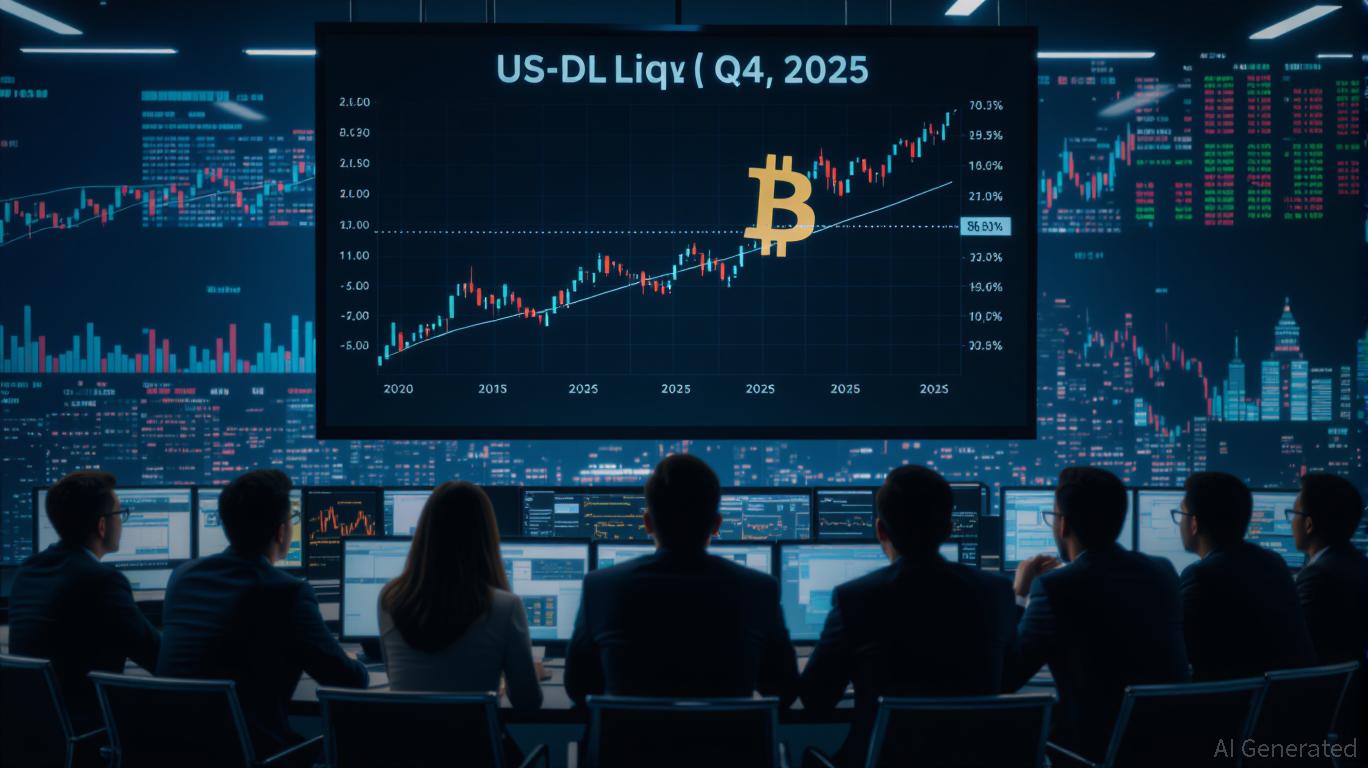"Study Reveals 25% of Polymarket's Trading Volume is Artificial Due to Ghost Trades"
- Columbia University study reveals 25% of Polymarket's trading volume may involve wash trading, where users self-trade to inflate activity. - Sports and election markets showed highest manipulation rates (45% and 17% fake volume), peaking at 95% in election markets in March 2025. - Platform's lack of transaction fees and pseudonymous wallets enabled manipulation, despite CFTC regulatory actions since 2022. - Researchers urge Polymarket to adopt their detection methods to exclude fraudulent wallets and res
Researchers from Columbia University have discovered that as much as a quarter of the trading activity on Polymarket—a leading prediction market platform—could be the result of wash trading, where users trade contracts among themselves to falsely boost trading volume, according to
The extent of this activity varied widely by market type, with sports and election markets experiencing the most suspected manipulation. For example, the study found that 45% of all-time sports market volume was likely due to wash trading, compared to 17% for election markets and just 3% for crypto markets.

Polymarket, which operates on the Polygon blockchain and uses the
These results emerge as Polymarket faces competition from platforms like Kalshi Inc., which has recently seen a surge in trading thanks to the rise of sports betting. The researchers recommended that Polymarket implement their detection approach to identify and remove suspicious wallets, stressing that wash trading skews market data and undermines confidence. Polymarket has not yet issued a response to these findings.
Disclaimer: The content of this article solely reflects the author's opinion and does not represent the platform in any capacity. This article is not intended to serve as a reference for making investment decisions.
You may also like
The November 2025 Bitcoin Leverage Liquidation Event: Exposing Systemic Vulnerabilities in DeFi Lending and Margin Trading
- The 2025 Bitcoin leverage liquidation crisis exposed critical DeFi vulnerabilities, triggering $1.3B in liquidations and destabilizing protocols like Balancer and Stream Finance. - Exploits in stable pools and opaque Curator models caused $160M in frozen funds, with Euler facing $137M in bad debt after Stream Finance's xUSD collapse. - Experts warn of systemic risks as DeFi's interconnectedness amplifies failures, while solutions like RedStone's Credora aim to address real-time credit monitoring gaps. -

Bitcoin's Value Soars in November 2025: Key Macroeconomic Drivers and Growing Institutional Embrace
- Bitcoin's November 2025 surge was driven by U.S. government shutdown-induced liquidity shifts and institutional adoption of ETFs. - BlackRock's ASX Bitcoin ETF launch and JPMorgan's $343M IBIT holdings signaled growing institutional confidence in crypto. - Harvard's $100M ETF allocation and staking-based products like Bitwise's Solana ETF highlight systematic capital inflows into crypto. - Despite $578M ETF outflows in November, Bitcoin's correlation with liquidity (0.85) and global regulatory alignment

Modern Monetary Theory and Market Outlook for 2026: Does Bold Investment in Stocks and Emerging Economies Make Sense?
- Modern Monetary Theory (MMT) sparks debate in 2025 as governments expand fiscal spending amid inflation and AI-driven economic shifts. - Proponents argue deficit spending boosts growth, while critics warn of inflation risks and fiscal unsustainability as U.S. deficits hit $7 trillion. - Fed officials clash over policy: Hammack prioritizes inflation control, while Jefferson advocates patience as AI reshapes labor markets. - MMT-driven liquidity could lift emerging markets if Fed rates stay low, but sudden

The Emergence of Hyperliquid and What It Means for Retail Crypto Traders
- Hyperliquid dominates 73% of Q1 2025 crypto trading with its HyperBFT blockchain, 0.2-second block times, and transparent HLP liquidity pools. - The platform maintained 100% uptime during 2025's market crash, processing $10B in liquidations while Binance faced outages and refunds. - 21Shares filed an ETF for Hyperliquid's HYPE token (now 11th largest crypto at $12.6B), while $645M in buybacks boosted institutional confidence. - Hyperliquid captured 15% of Binance's volume via permissionless market creati
